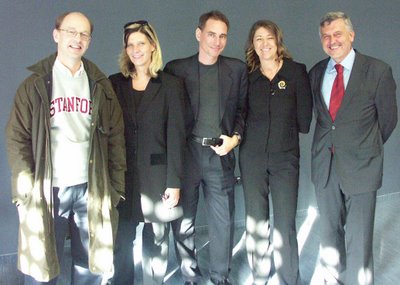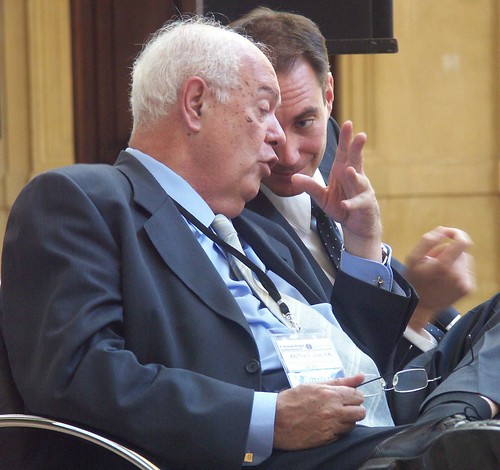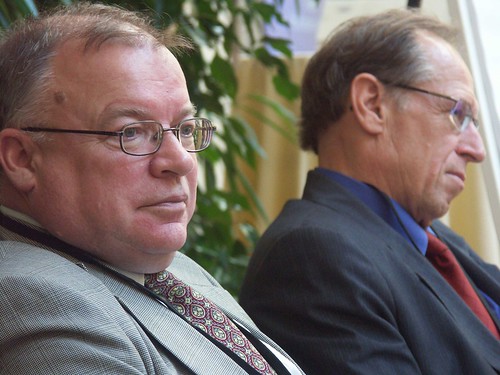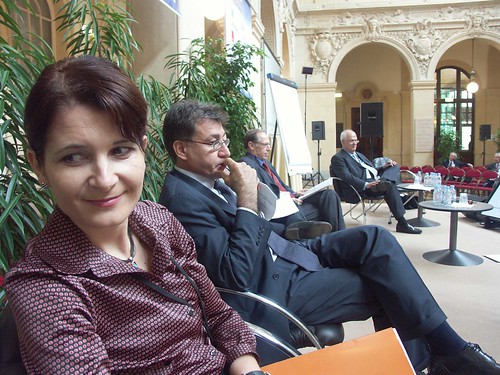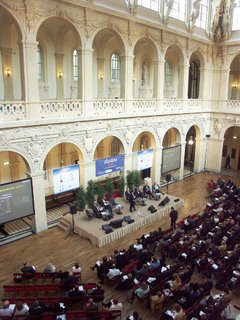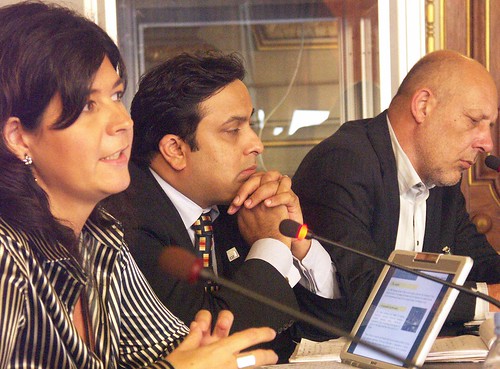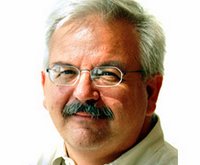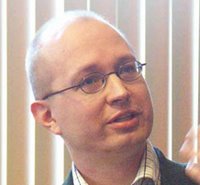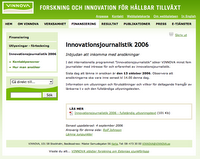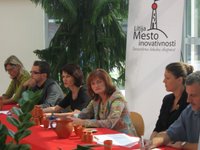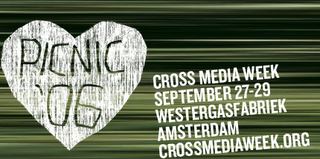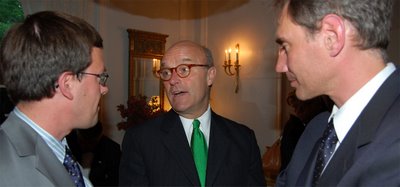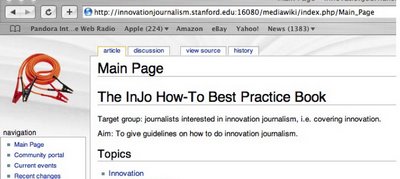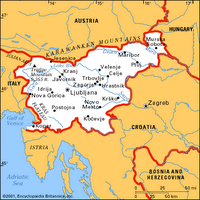
I recently advocated that innovation journalism is key for innovation communication and PR to become an integrated part of the innovation process (here & here). Communication and journalism have a yin-yang-relationship that help drive each other, adding energy to what I call the "innovation communication system" - the flow of communication and attention of the innovation ecosystem. The innovation communication system is the key concept for the intersection between the innovation economy and the attention economy.
The concept of "Innovation Communication" was coined by Claudia Mast, Ansgar Zerfass and Simone Huck, in 2004, laying the foundation for looking at how organisations communicate innovation with their stakeholders. Their new INNOVATE report shows what can happen if communication is not a part of the innovation process from the start:
Making innovations known to their publics is a challenge that is underestimated by many. It is not sufficient to consult communication and marketing professionals during the late stages of the innovation process. At that time press releases and polished publications cannot create an understanding of intricate issues anymore.
UMTS, WAP and MMS have failed, partly because these three or four letter long abbreviations did not meet the customers’ and the journalists’ needs for explanation and exemplification.
Relating to existing trends and topics and illustrating the usefulness of the new services is a useful strategy, as well as reducing complexity and considering personal interests, concerns and the existing knowledge of journalists addressed. The name of “innovation” itself should not be mentioned too many times.
These are some findings of the INNOVATE 2006 project, a joint effort by MFG Baden-Württemberg – Agency for IT and Media (Stuttgart, Germany), and the Department of Communication Studies and Journalism at the University of Hohenheim (Stuttgart, Germany)




